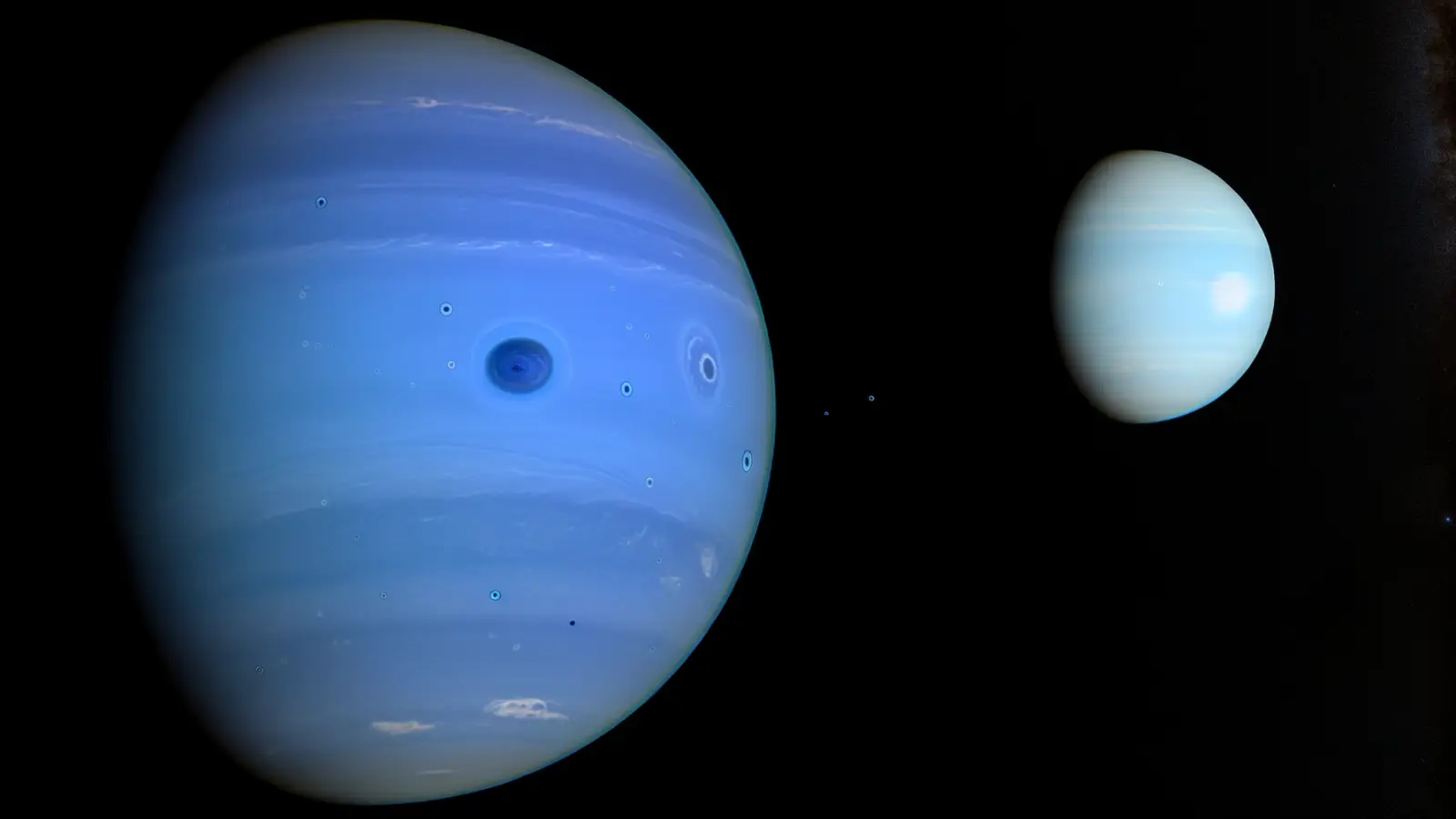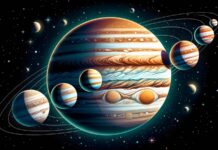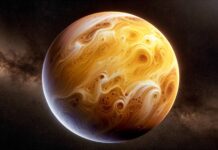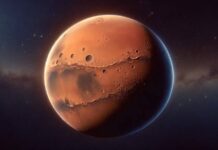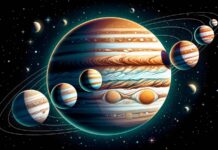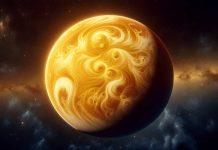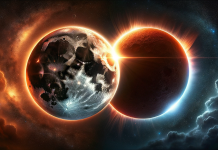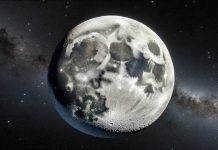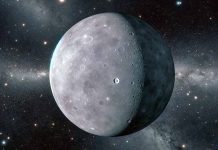Astronomers have revealed the discovery of three new moons, two orbiting Neptune and one orbiting Uranus. These major discoveries bring the number of known moons of Neptune to 16 and those of Uranus to 28, respectively, opening up new perspectives in understanding our solar system.
The first new moon discovered around Uranus in over two decades is also possibly the smallest of all, measuring just 8 kilometers across. It completes its orbit around the ice giant in a slow cosmic marathon of 680 days. Tentatively named "S/2023 U1", this discovery awaits a definitive name inspired by Shakespearean characters, following the tradition of naming the satellites of Uranus.
Neptune is not far behind, now having two new moons in its system. The brightest of them, temporarily named "S/2002 N5", boasts a width of 23 kilometers and appears to orbit on a 9-year cycle. The other satellite, "S/2021 N1", about 14 kilometers wide, orbits Neptune once every 27 years. Both are expected to be given names inspired by Greek mythology, following the tradition of naming Neptunian moons.
Uranus and Neptune are at the Center of an INCREDIBLE Discovery, which was Seen in the Premiere
These celestial bodies were announced by the International Astronomical Union's Center for Minor Planets, underscoring the importance of international collaboration in astronomy. The discoveries were made possible by meticulous observations by Scott Sheppard and his team, using telescopes located in Hawaii and Chile.
Sheppard noted that these moons are "the faintest ever found around these two ice giant planets using ground-based telescopes," requiring advanced image processing techniques to identify them. The discovery of the Uranian moon was confirmed last November, while the two Neptunian moons were first observed in September 2021.
Orbits unusually of INCLINED and their oval shape suggests that these moons did not form around their host planets, but rather were gravitationally captured at some point in the cosmic past. This conclusion opens new questions regarding the dynamics of the solar system and the processes of formation of natural satellites.
Recent discoveries underscore how little we know about our own solar system, and how much remains to be discovered. With each new satellite identified, our understanding of the cosmos deepens, revealing the complexity and beauty of the universe in which we live.


